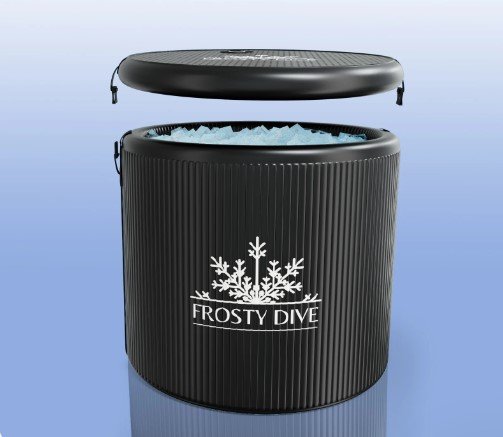Athletes at all levels—from weekend warriors to elite professionals—are increasingly turning to ice baths as a method to accelerate recovery and boost performance. But what’s behind this chilly trend? Why do athletes immerse themselves in freezing water, and more importantly, do ice baths actually work?
What Are Ice Baths?
An ice bath chiller, or cold water immersion, typically involves sitting in a tub of water cooled to between 50°F and 59°F (10°C to 15°C) for a period of 5 to 15 minutes. The goal is to expose the body to cold temperatures to stimulate a range of physiological responses that may promote recovery and enhance performance.
Why Do Athletes Take Ice Baths?
Athletes take ice baths primarily to support recovery after intense physical exertion. Here’s how they’re believed to help:
1. Reduce Muscle Soreness
Ice baths are widely used to reduce delayed onset muscle soreness (DOMS), which often occurs 24 to 72 hours after strenuous exercise. The cold constricts blood vessels and decreases metabolic activity, which helps limit the inflammatory response and minimizes swelling in muscles and joints.
2. Speed Up Recovery
By reducing inflammation and muscle damage, cold immersion helps athletes recover more quickly, allowing them to train more frequently or perform better in back-to-back competitions. After exiting the cold water, blood flow increases rapidly, helping to flush out lactic acid and deliver fresh oxygen and nutrients to the muscles.
3. Enhance Mental Resilience
Taking an ice bath isn’t just a physical challenge—it’s a mental one too. Regular exposure to cold stress helps athletes build psychological resilience, improve stress response, and develop greater focus and discipline, which can carry over into their athletic performance.
4. Improve Sleep Quality
Some athletes report better sleep after an ice bath. The cold exposure helps reduce core body temperature, lower cortisol levels (a stress hormone), and promote relaxation—factors that contribute to deeper, more restorative sleep, which is essential for recovery and performance.
Do Ice Baths Really Work?
The effectiveness of ice baths has been widely debated in the scientific community, and research offers mixed results. However, several studies and anecdotal evidence support their use for certain recovery benefits.
What the Science Says:
- Muscle Soreness and Inflammation: A 2016 meta-analysis published in the Journal of Strength and Conditioning Research found that cold water immersion can significantly reduce muscle soreness after exercise, particularly in the first 24 to 48 hours.
- Performance Recovery: Some studies suggest that ice baths help athletes maintain performance in consecutive training sessions or competitions. This makes them especially useful during tournaments or heavy training blocks.
- Long-Term Muscle Gains: There is evidence that frequent use of cold immersion immediately after resistance training might blunt some muscle-building adaptations by suppressing inflammation, which is a necessary part of muscle growth. For athletes focused on hypertrophy (muscle size), ice baths might not be ideal post-training.
When and How to Use Ice Baths
To maximize the benefits and minimize potential drawbacks, athletes should use ice baths strategically:
- Best used after intense aerobic activity or high-volume training, where the primary goal is recovery and reduced soreness.
- Avoid immediately after strength training if muscle growth is the main objective.
- Duration should typically be 5 to 15 minutes, depending on water temperature and individual tolerance.
Final Thoughts
Ice baths are a widely used recovery tool among athletes because they help reduce soreness, speed up recovery, and improve mental toughness. While the scientific verdict is not entirely unanimous, many athletes report real, tangible benefits from regular cold water immersion. Used properly and strategically, ice baths can be a valuable addition to a well-rounded recovery plan.

